What is a photo project exactly?
Photo-a-day projects are often something that people start at the beginning of the year, usually as part of a series of resolutions aimed at becoming a better photographer.
Whether it’s a 365 project designed to take you straight through to another year, or a shorter 30-day project, the goal is the same and the obstacles are the same.
Any project of such a length can be difficult to maintain. There’s no shortage of factors waiting to block your success — from everyday life generally getting in the way to simply losing inspiration.
If you’re determined to see your photo-a-day project through to completion (no matter the length, no matter when you start it), there are a few tips that will help you stay the course.
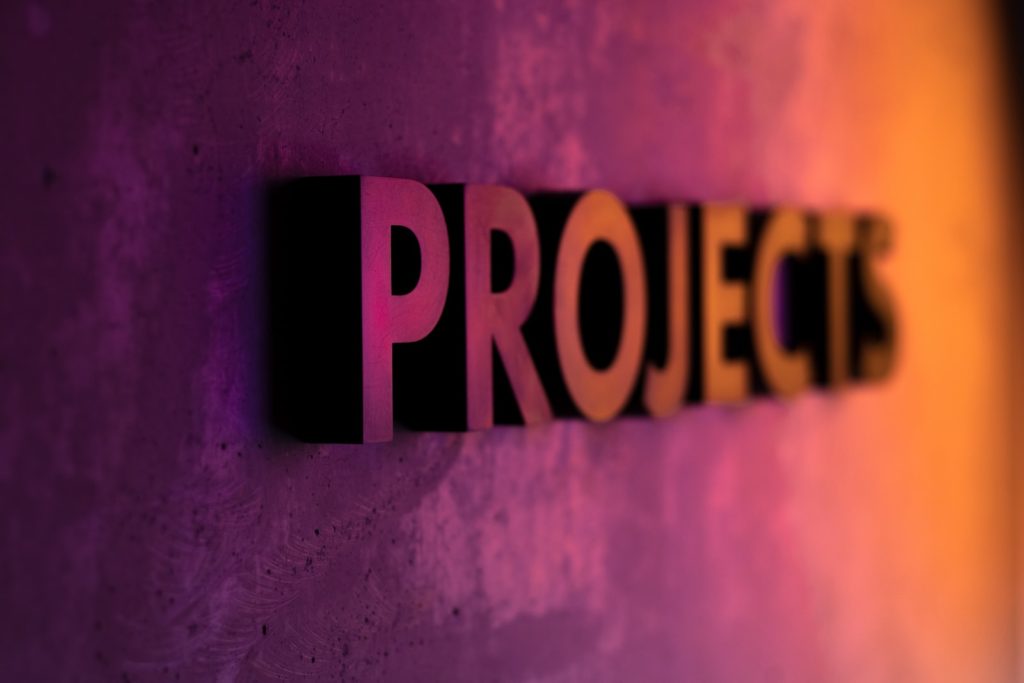
Here are 6 tips to help you complete your photo project.
Set Some Parameters
Once you’ve decided on the length of your project, set some rules — your own rules. It doesn’t matter if we’re calling this a “photo-a-day” project; you might prefer to shoot for 30 minutes every Monday, Wednesday, and Friday after you get off work.
The idea is to set yourself up with something you can reasonably manage.
Know What You Want
It’s helpful to know what you want to accomplish with your project. Your goal could be to get to know your camera better or practice a specific compositional technique or improve your technical proficiency.
This will help keep you focused on making meaningful progress and will give you something valuable to look back on once your project is done.
Choose A Theme
If you’re someone who craves structure, you might feel compelled to set a theme for yourself so that you know what to look for each time you shoot.
You might shoot a certain color or only shoot portraits. Perhaps you’ll focus exclusively on macro photography or confine your photography to a certain neighborhood.
Or… Don’t choose a theme! Be random. Just shoot.
Get Your Gear
You don’t really need to buy anything to complete your project. You can choose the camera/lens combination that you’re most comfortable with or most inspired by.
Alternatively, you could select a focal length that you don’t normally use.
Do you have a film camera sitting around that you’ve neglected to try? That might be a good candidate for your project.
Whatever you pick, stick to it throughout the duration of your project.
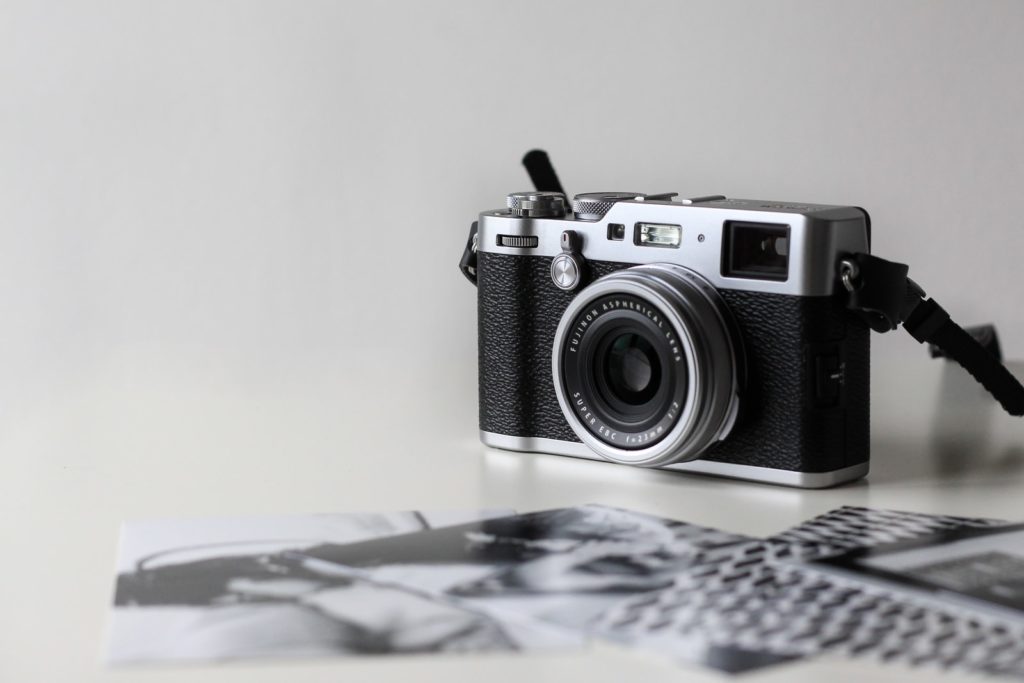
Shoot
Just shoot. Don’t pressure yourself into thinking you have to make something spectacular every time you touch the camera. This sort of project is more about the process of creating rather than what you create.
You’re undoubtedly going to take some not-so-great shots along the way — keep them. There’s a lot to learn from mistakes and misfires.
Rewind
Check in regularly with your own work. Reflect on your progress. Take a mental note of any trends that appear across your photos; pay attention to the improvements you’re making and the mistakes that continue to show up.
This will also allow you to discover any areas you want to continue to work on beyond your project.
Final Thoughts
One of the most useful skills you will acquire by doing a regular photography project is learning to see something worth photographing even in otherwise mundane or familiar subjects.
This alone merits undertaking such a project, as being exposed to new creative opportunities will go a long way in staving off the boredom that so often derails photo-a-day projects.
Finally, remember to have fun!

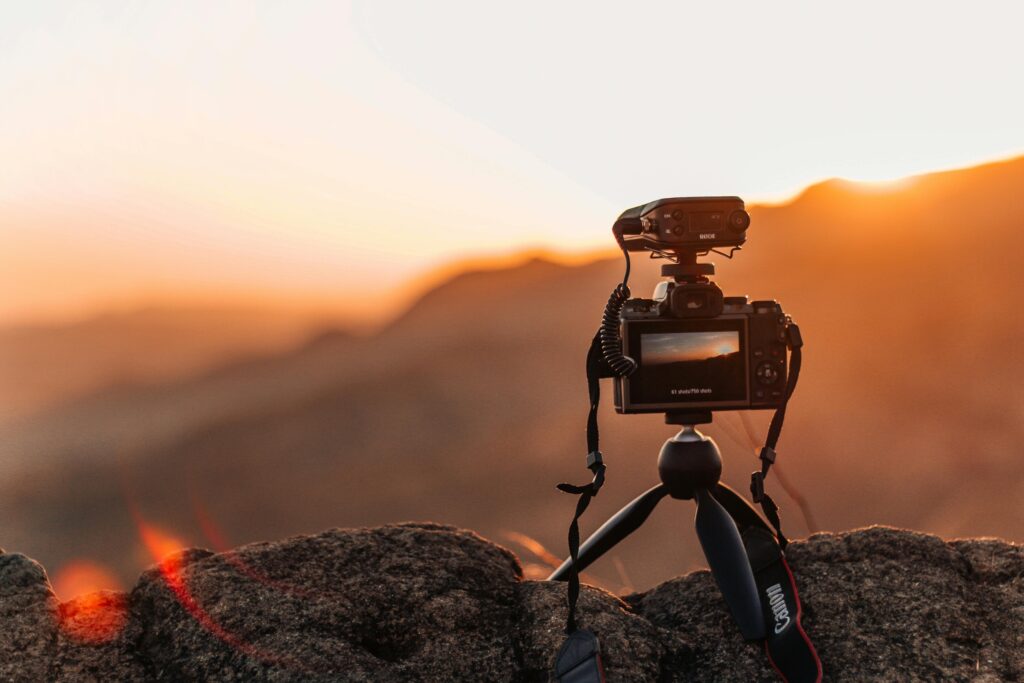
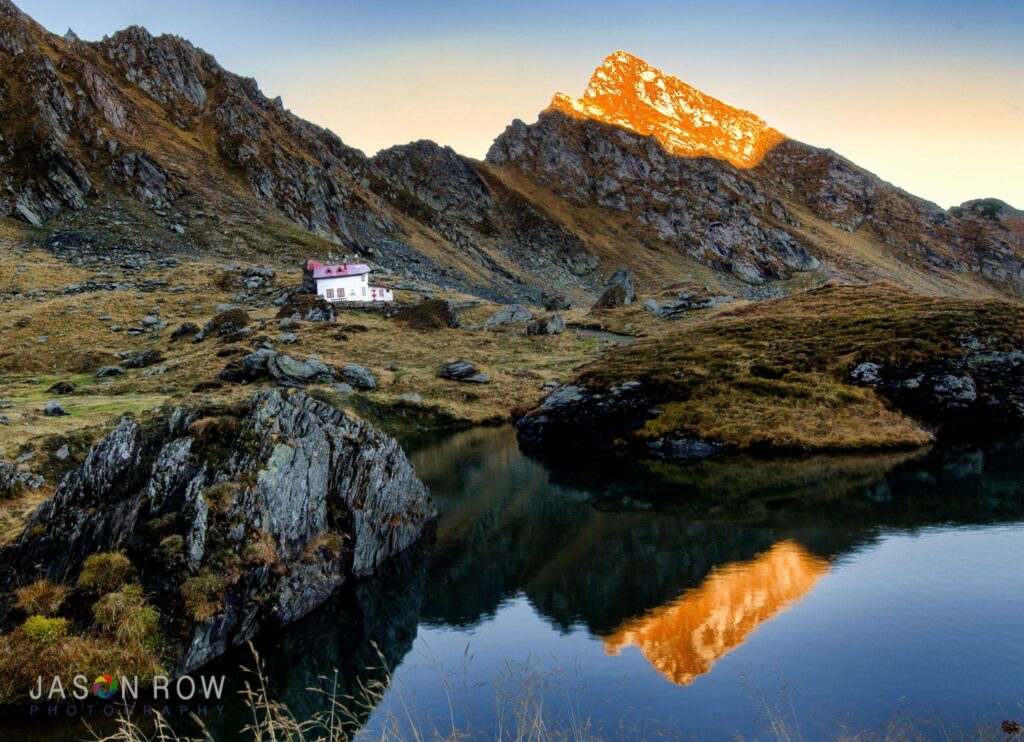
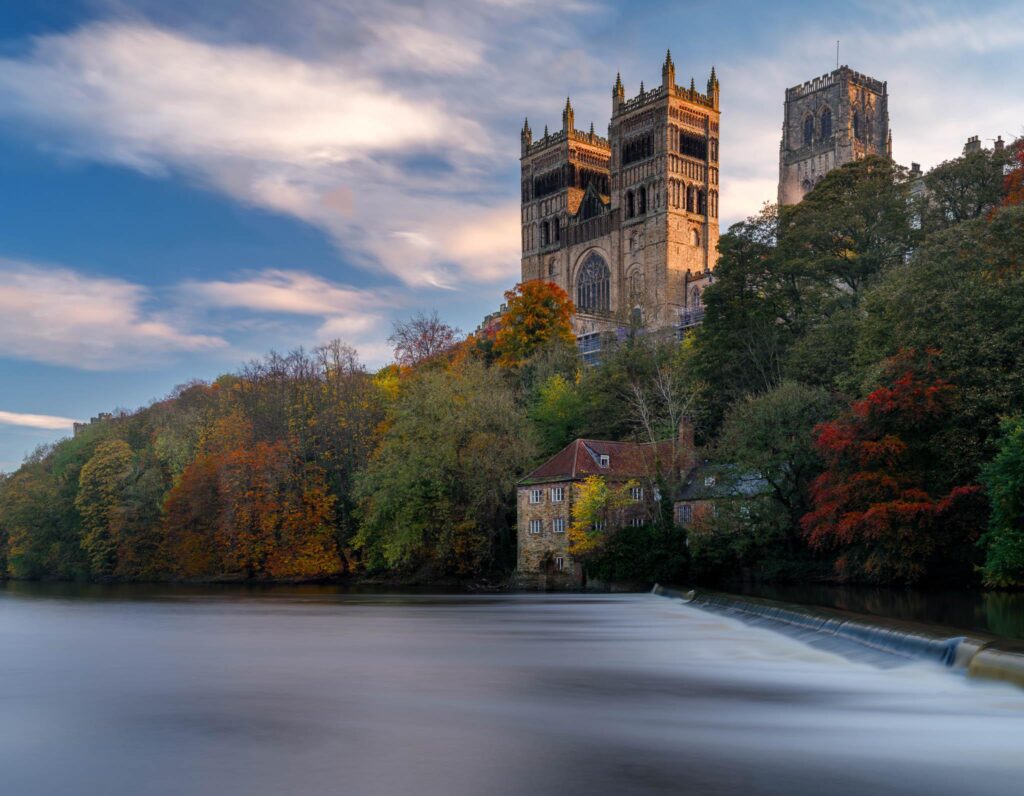

1 Comment
Thanks Jason! I think I’ll try setting myself a project focused on shutter speed, the setting with which I’m least comfortable.